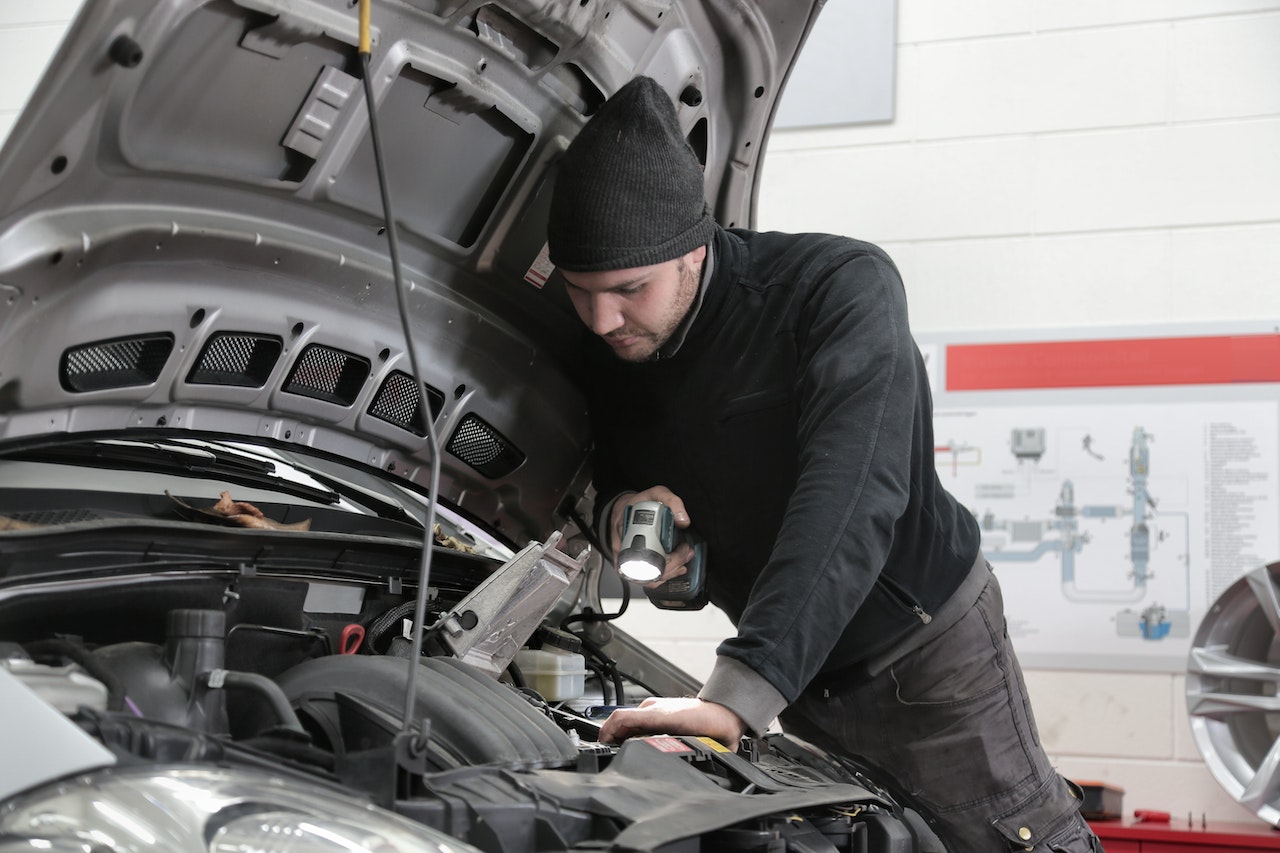The automotive repair industry has come a long way in recent years, with new technology playing a significant role in the way vehicles are diagnosed, repaired, and maintained. From computerized diagnostic tools to advanced repair equipment, these new technologies have made it possible for mechanics and technicians to work more efficiently and effectively, and to provide higher-quality service to their customers. In this essay, we will discuss some of the new technologies that have been developed for the automotive repair industry.
- Computerized diagnostic tools: One of the most important new technologies in the automotive repair industry is computerized diagnostic tools. These tools allow mechanics and technicians to quickly and accurately diagnose problems with a vehicle’s engine, transmission, and other systems. They can also be used to reset warning lights, check for software updates, and perform other diagnostic procedures.
- Advanced repair equipment: Another new technology that has been developed for the automotive repair industry is advanced repair equipment. This includes things like laser alignment systems, computer-controlled wheel balancers, and digital torque wrenches. These tools allow mechanics and technicians to work more efficiently and accurately, which can help to reduce the amount of time required to complete a repair job.
- 3D printing: A new trend in the industry is the use of 3D printing in automotive repair. This technology allows for the creation of complex parts, components and tools with high precision, reducing lead time and costs. Additionally, it allows for the production of customized parts that are not available on the market.
- Robotics: Robotics has also been applied in the automotive repair industry, specifically in the field of welding and painting. Robotics allows for a more precise, efficient and consistent outcome, with less human error. This technology can also be programmed to work with different materials and perform different types of welding and painting tasks, making it more versatile.
- Remote diagnostics: With the advent of the internet of things (IoT) technology, cars are becoming more connected than ever. This has resulted in the development of remote diagnostics, which allow mechanics and technicians to access a vehicle’s diagnostic information remotely. This technology can be used to diagnose problems, reset warning lights, and perform other diagnostic procedures, even when the vehicle is not in the shop.
If you want to know more info about power electronics and motors, check out Integra Sources’ design of motor article.
In conclusion, new technology has played a significant role in the way vehicles are diagnosed, repaired, and maintained in the automotive repair industry. From computerized diagnostic tools and advanced repair equipment to 3D printing, robotics and remote diagnostics, these technologies have made it possible for mechanics and technicians to work more efficiently and effectively, and to provide higher-quality service to their customers. As technology continues to evolve, it is likely that new innovations will continue to emerge in the automotive repair industry, making it even more efficient and effective.











